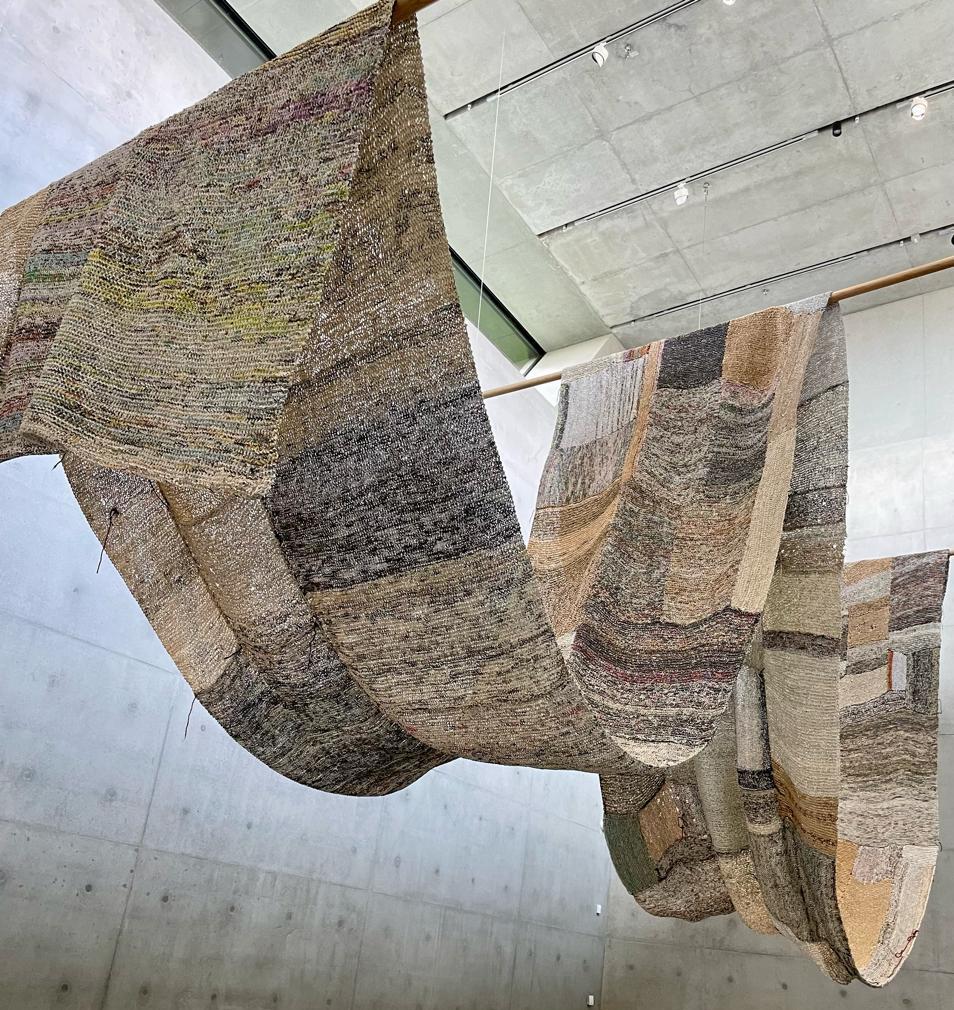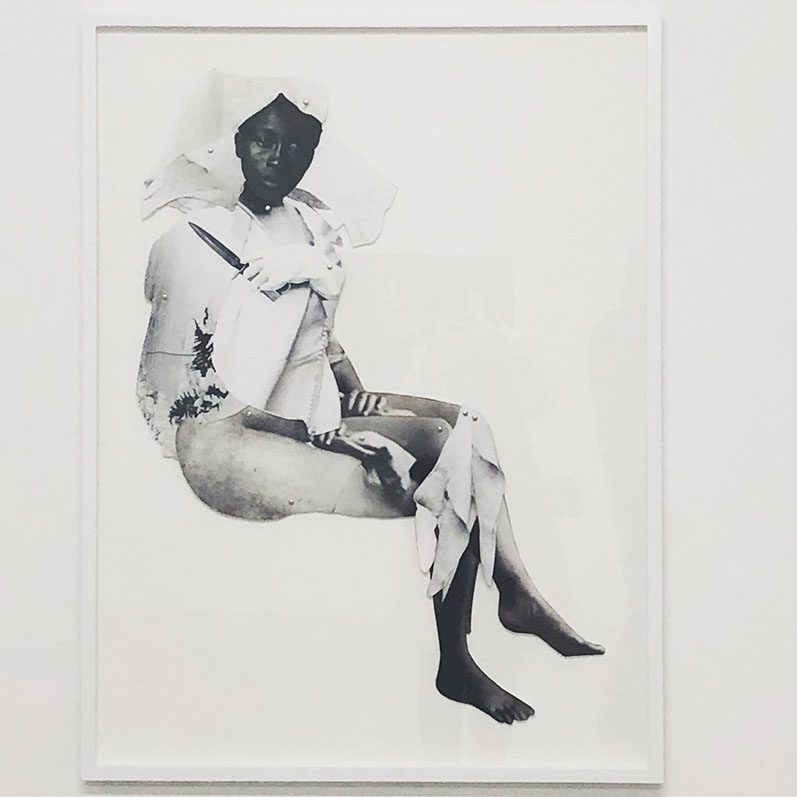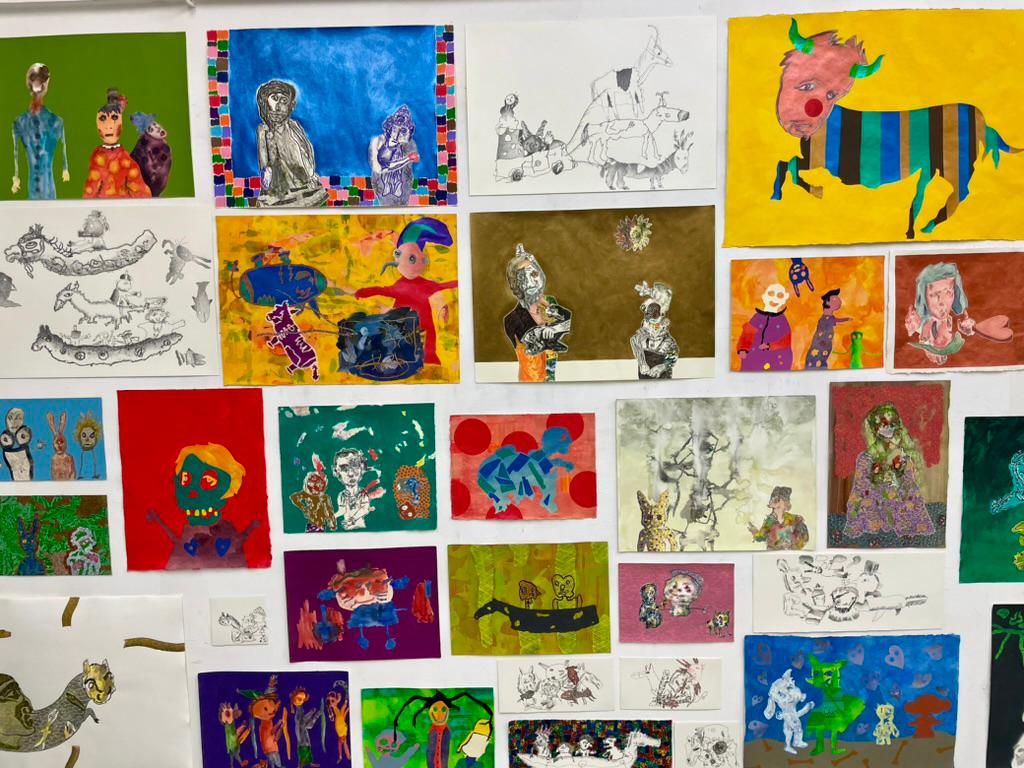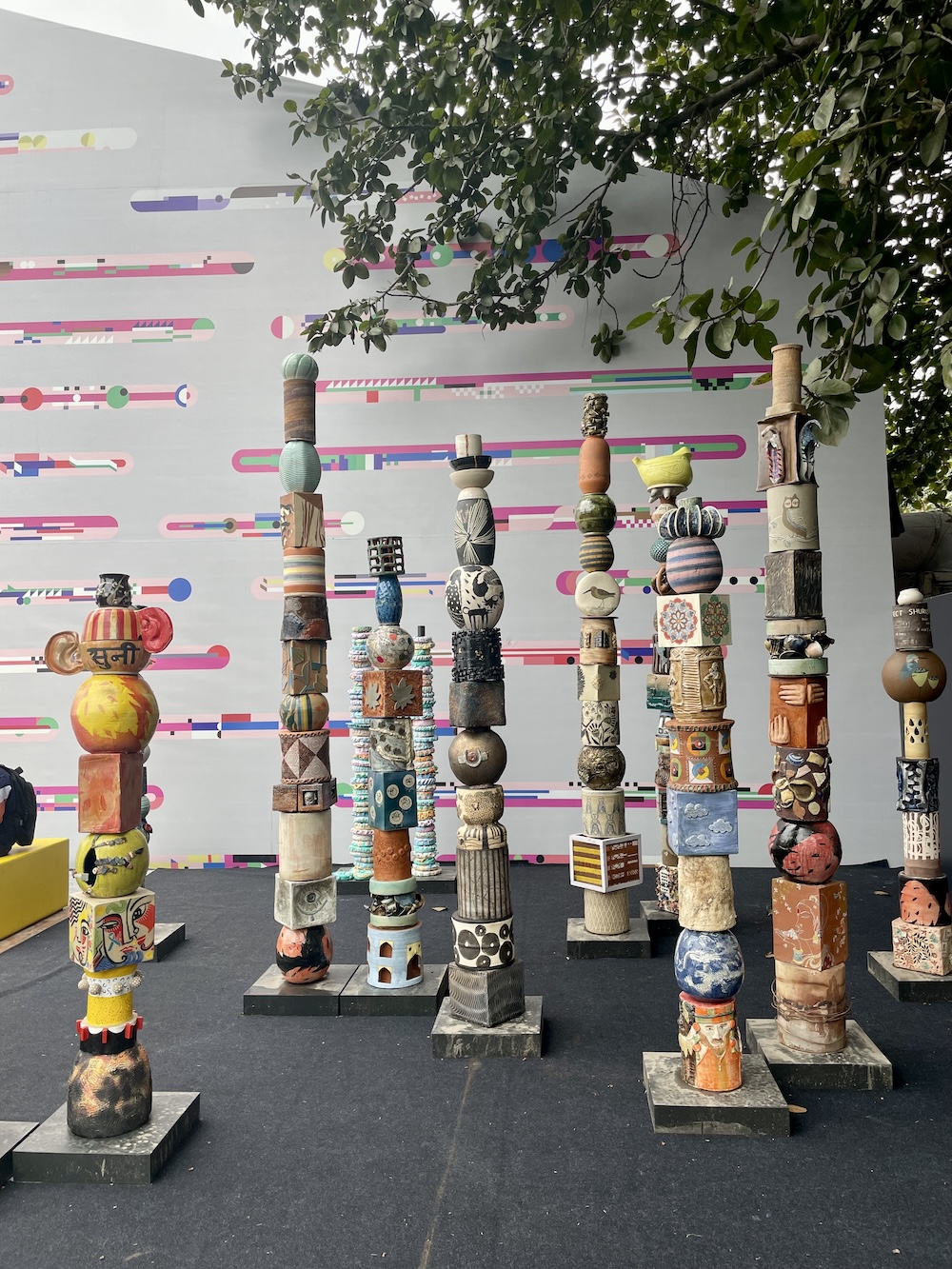Known as a cinematographer for Stanley Kubrick and Spike Lee, Arthur Jafa emancipated himself to become an artist in his own right. The Julia Stoscheck collection in Berlin honors him this year with a solo exhibition.
Switching from Soul to Gospel to Rap, the headphones that are handed out to visitors give a soundtrack to an otherwise perfectly still exhibition. It is a mixture of isolation and euphoria that one experiences, evoked by the music. Both emotions could well be intended by the artist. The topic of isolation is represented a lot in Jafas art. As the artist note, it is a common experience of African-Americans, homosexual people or women. As Jafa says about these often-repressed parts of society: „In a way we are the illegitimate children of Europe. Although we can take advantage of all the merits western society has to offer, we are still estranged.“
Being a much-discussed topic in the last years, blackness as a term in the arts is still an enigma for many visitors. Especially in Europe, where dialogue is not so much centered on racial divide as, for example, in North America or South Africa, where black and white people live along finely divided lines. Together, but separated by social circumstances, systemic racism and prejudices stretch back many generations.
To get a glimpse of these injustices, but also to be sensitized to these issues, that also happen in Germany, the viewer is immersed in Arthur Jafas exhibition. It is a mixture of curated images of other artists, for example the photographer Frida Orupabo, and Jafas own works. Mainly video projections that bombard the viewer with images of black America.
Jafa also re-contextualizes wide-known images in a more recent discourse. Take for example the Mickey Mouse. Walt Disneys breakthrough and buddy of almost every American child. Upon further inspection, Jafa noticed that the cartoon character was in fact black – only his face is painted white. He then juxtaposed the drawings with African customs, where the face is also painted white.
Going further into the exhibition, there is a section with curated films, by artist such as Khalil Joseph, who himself is exploring an image of blackness in America.
Upon leaving the exhibition one thing becomes very clear: often a change of perspective can change your thinking and broaden your horizon to recognize new connections. And art is a masterful tool to achieve just that.

Art Basel Hong Kong: A Fresh Perspective on Art Fairs
As an art advisor, I typically prepare extensively for art fairs, selecting galleries and artworks for clients. However, this year at Art Basel Hong Kong, I attended without clients, allowing





